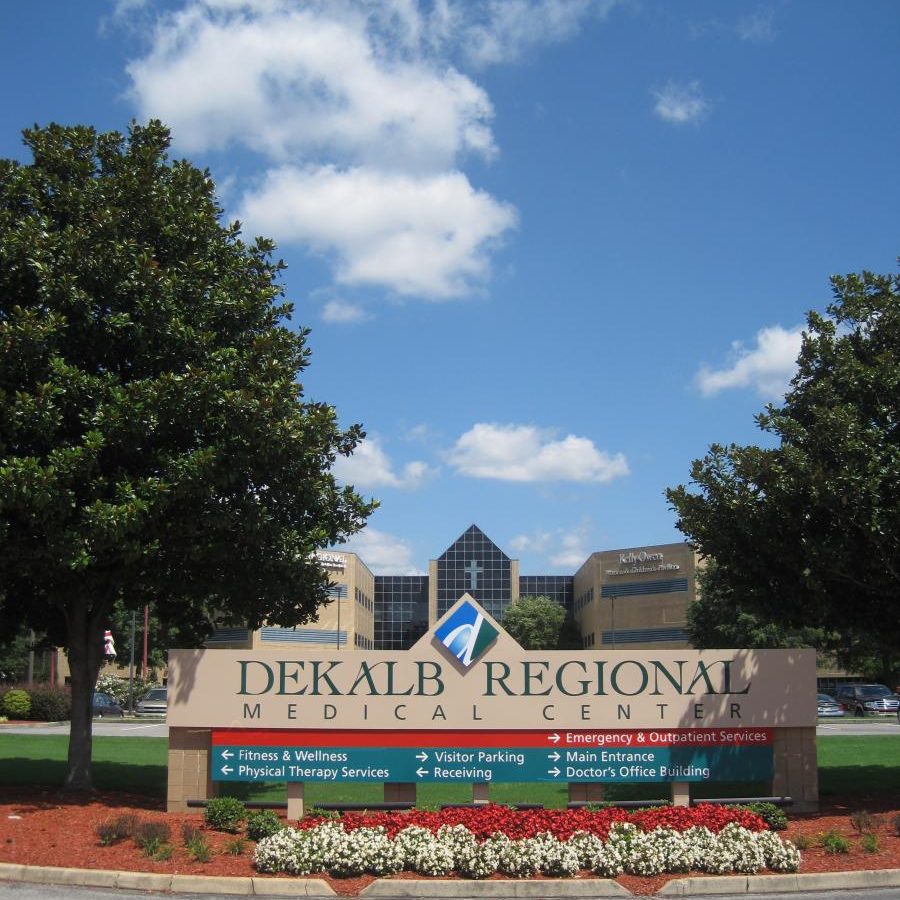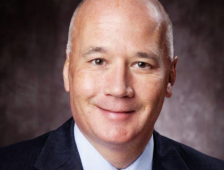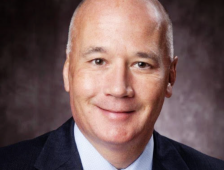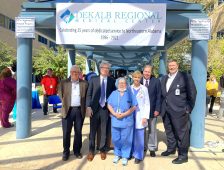By Southern Torch Staff
DeKALB COUNTY, Ala. — In recognition of November’s Diabetes Awareness Month, the Wound Care Center® at DeKalb Regional Medical Center, a member of the Healogics® network, is participating in Healogics’ National Diabetes Awareness Campaign, from October 28th-November 1st. This means the DeKalb Regional Medical Center will dedicate the week educating the local community about the importance of awareness, early intervention and specialized care for diabetes-related chronic wounds, like diabetic foot ulcers. Local team members will also visit physicians in the surrounding area to provide important information that can help at-risk patients living with diabetes detect wounds earlier, receive better treatment options when wounds are discovered, and avoid complications, such as infections, amputations and decreased quality of life.
An estimated 30.3 million people in the United States (9.4 percent of the population) have diabetes, including 7.2 million who are unaware they are living with the disease. The percentage of adults with diabetes increases with age, reaching a high of 25.2 percent among those aged 65 years or older. In addition to age, risk factors for diabetes include diet, activity level, obesity and heredity. High blood sugar levels, poor circulation, immune systems issues, nerve damage and infection may contribute to a diabetic foot ulcer.
With America’s diabetic population expected to nearly double by 2030, it is important that communities understand the risks and know the facts associated with diabetic foot ulcers. Approximately 25 percent of people living with diabetes will develop a foot ulcer, including the two million who are suffering from one right now. As many as 40 percent of those with a healed diabetic foot ulcer will develop a new ulcer within a year. An estimated 14 to 24 percent of people with foot ulcers will experience an amputation. Diabetes is the leading cause of limb loss, accounting for 65,000 amputations annually. Of the patients who have undergone one amputation, 55 percent will require amputation on the second leg. An amputation results in decreased quality of life, increased medical costs and a significantly higher risk of mortality. Within two to three years of an amputation, nearly fifty percent of patients will die.
Early detection and intervention can help to mitigate the possibility of limb loss. The DeKalb Regional Wound Care Clinic recommends the following to help prevent diabetic foot ulcers:
- Stop smoking immediately
- Comprehensive foot examinations each time you visit your healthcare provider (at least four times a year)
- Daily self-inspections of the feet, or have a family member perform the inspection
- Regular care of the feet including cleaning toenails and taking care of corns and calluses
- Choose supportive, proper footwear (shoes and socks)
- Take steps to improve circulation such as eating healthier and exercising on a regular basis
Proper wound care is imperative to healing diabetic foot ulcers. DeKalb Regional Wound Care Clinic offers a number of leading-edge treatments including Total Contact Casting (TCC), Negative Pressure Wound Therapy and Hyperbaric Oxygen Therapy. These specialized therapies can aid in wound closure, new tissue growth, wound tissue regeneration and much more.





